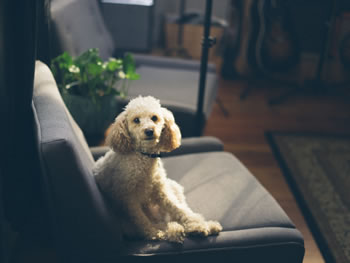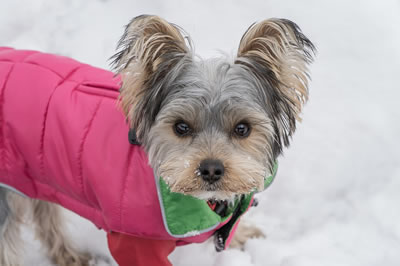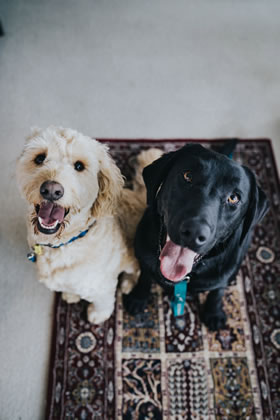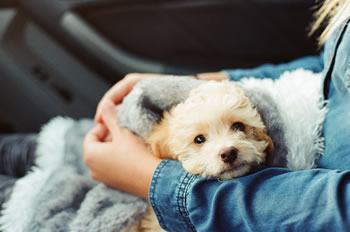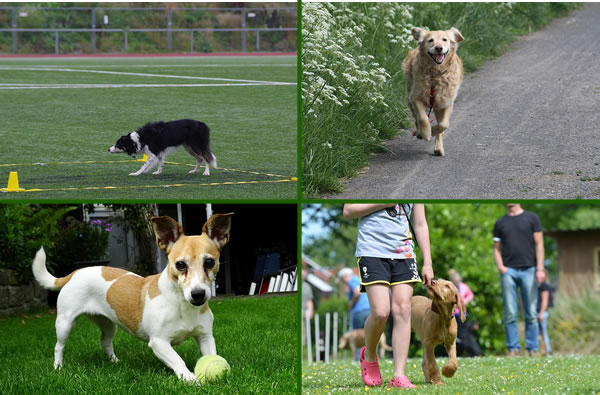Contribution from freelance writer Sally Writes
20-40% of all dogs are estimated to experience separation anxiety at some point in their lives (College of Veterinary Medicine, University of Illinois at Urbana Champaign). Separation anxiety is a serious behavioral problem that has a critical impact on pets and their owners. Some signs of anxiety and stress are destructive behavior, self-harm, restlessness, and an inability to eat. While pet owners might see these behaviors as being vindictive, they are not. They are symptoms that your pet is stressed and unhappy when you are away. If you are a pet owner and notice that your dog exhibits certain symptoms of separation anxiety, there are things that you can do to improve care and help cope with stress for an overall wellbeing.
The Causes of Separation Anxiety
Separation anxiety among pets is not well understood. A few existing research studies indicate that dogs that are abandoned and/or abused like rescue animals are likely to feel anxious. Certain breeds of dog are also susceptible to the disorder such as Labrador Retrievers or German Shepherds. Emotional distress is the primary reason for anxiety disorder and manifests when the owner is absent or not around. If you notice that your pooch suddenly starts whining or pacing as soon as you put on your shoes or grab your coat in preparation to leave the house, they might be feeling anxious. What you see when you are back home might even confirm your suspicion that your dog has a separation anxiety issue. Is your sofa chewed in several places? Maybe, you’ll find feces and urine that are more frequent when you are away. Your dog also becomes hyperactive, starts barking, howling and scratching without good reason. These are the typical symptoms of separation anxiety. It makes you both nervous and unhappy which is why you should get help immediately. Continue reading

